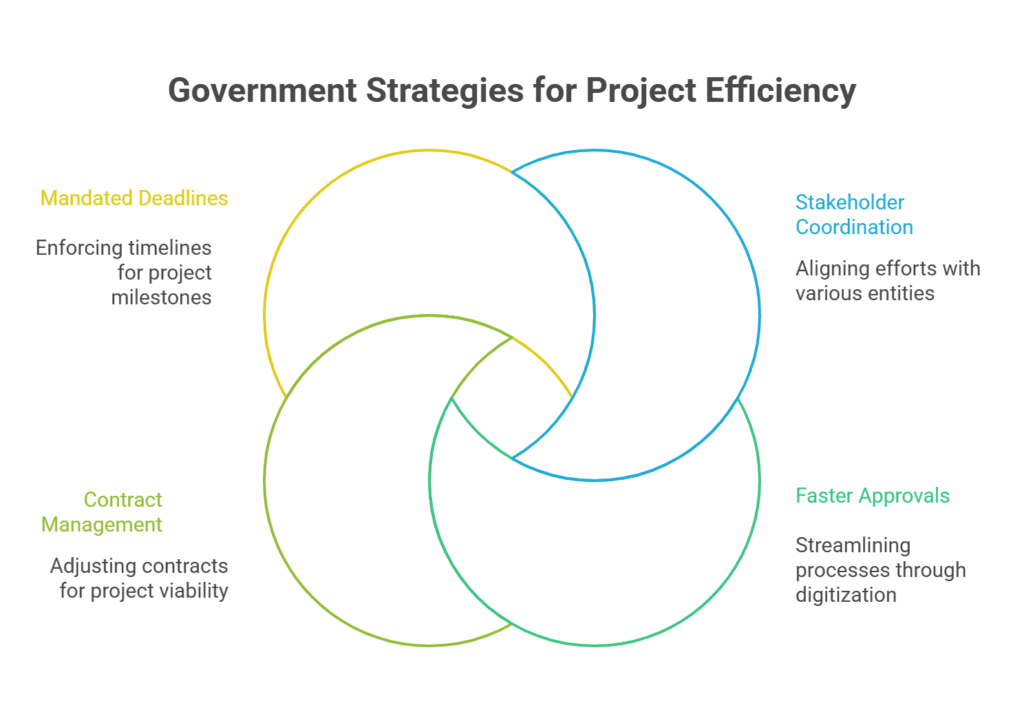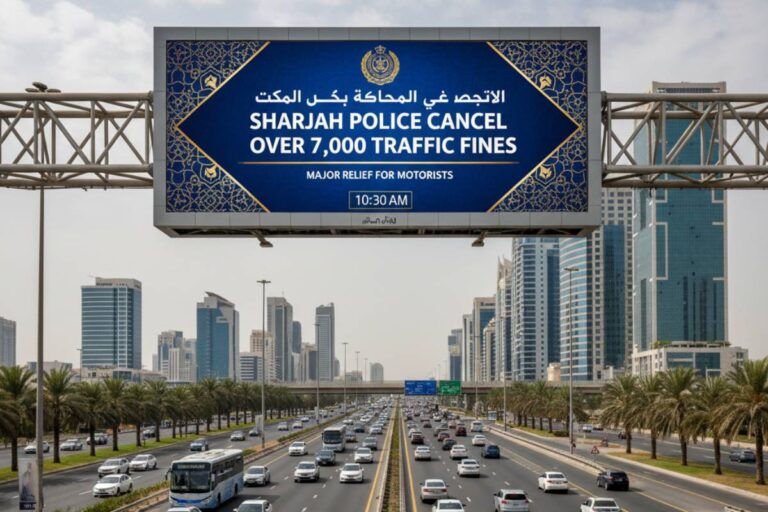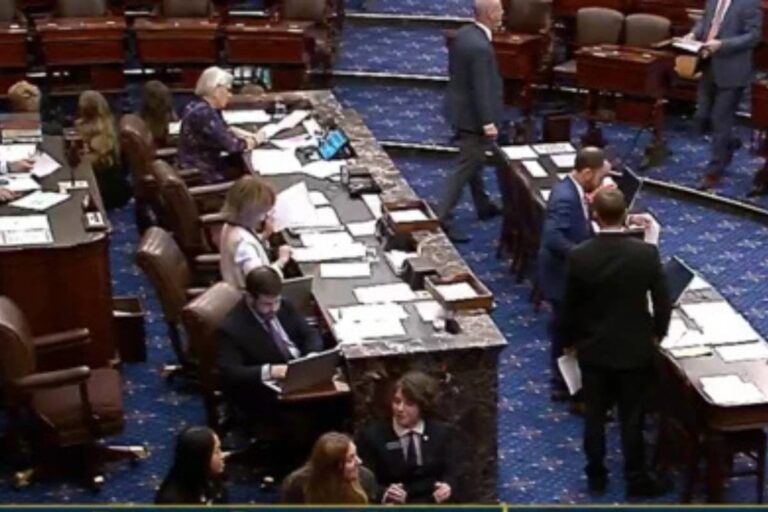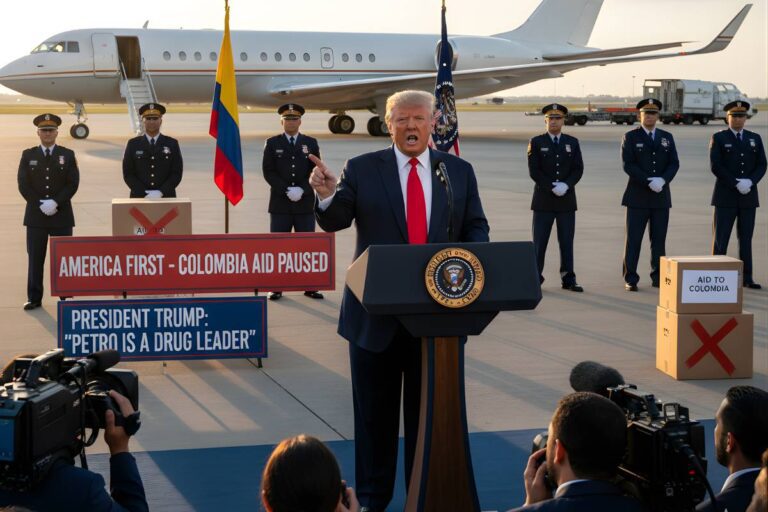A Crisis Under Construction
The ambitious hum of engines, the whirring of heavy equipment, the endless stretch of concrete ribboning through open land…and then, abrupt silence. Construction halts. Machines idle. For nearly 500 major road projects across India, this isn’t just a passing hiccup; it’s the new normal.
What’s Actually Happening?
As of July 2025, a total of 489 critical road infrastructure projects, set to wrap up by March 2025, have hit the brakes. The culprit? A tangled mess of land acquisition snarls, environmental clearance hurdles, and labyrinthine railway approvals, problems that have managed to stall India’s infrastructure momentum on an unprecedented scale.
Let’s dig into the details, break down what’s at stake, and, crucially, unpack why road delays matter far beyond a few dusty work zones.
Snapshot: The Scale of Delayed Projects
- 489 national highway projects were meant to be completed by March 2025.
- Today, they’re stuck, some completely, some crawling along far behind schedule.
- The projects in question form part of key initiatives like Bharat Mala Pariyojana, pushing for enhanced regional connectivity and economic growth.
- States with the highest project backlog: Maharashtra, Karnataka, and Haryana lead the list, though the crisis is genuinely nationwide.
Why does this matter? India’s highway network is the artery of its economy; delays affect supply chains, daily commutes, and everything in between.
Breakdown: Major Causes of Delay
Okay, so 489 projects didn’t just stall overnight. What’s gone wrong, and why does resolving the mess seem so difficult?
Land Acquisition: The Root of All Gridlock
This is the single biggest headache. In fact, statistics from Parliament and the Ministry of Road Transport and Highways (MoRTH) show that about 35% of all project delays are caused by land acquisition disputes. Here’s what’s going on:
- Roads often traverse populated or agricultural zones.
- Local stakeholders, including farmers and homeowners, sometimes refuse to vacate, disagree on compensation, or contest land records.
- Negotiations and legal wrangling drag on for months, or even years, leaving bulldozers stranded at the edge of contested land.
“Acquiring land, particularly through areas of high density or active farming, is a battle of wills and paperwork that can freeze progress indefinitely.”
Environmental and Wildlife Clearances: Red Tape or Necessary Safeguard?
You can’t just pave through a forest or wetland. Projects face strict scrutiny from environmental bodies, especially when they threaten habitats or water resources.
- Environmental Impact Assessments (EIAs) can take the better part of a year, sometimes longer.
- Delays in clearances are routinely cited as a top-three reason for project stoppages.
- Activist protests, legal challenges, and government reviews add layers of uncertainty.
And yet, the irony: bypassing these clearances isn’t an option. They’re needed, but slow.
Railway Approvals: Coordination Nightmares
Highways might pass under or over railway lines. Every such juncture requires approval from Indian Railways, which is neither swift nor easy:
- Design changes or safety reviews from the railways can stall a project for months.
- Road Over Bridges (ROBs) and Road Under Bridges (RUBs) often get stuck in technical review or paperwork limbo.
Other Factors: Cost Overruns, Design Changes, and Weather
Let’s not forget:
- Cost Overruns: Rising prices of bitumen, steel, or cement; increased compensation rates thanks to legal rulings or new policies; added Goods and Services Tax (GST) burdens.
- Design Tweaks: On public demand, underpasses or overpasses may be introduced late in the process, requiring expensive project reconfiguration.
- Weather: Floods, monsoons, or excessive rainfall make sites inaccessible, wash out works-in-progress, and dismantle timetables.
- Labour Issues: Dependence on migrant labor, which fluctuates seasonally, causes additional bottlenecks.
The uncomfortable truth? Any one of these issues can hamstring a project. Most delays are due to a toxic cocktail of several at once.
The Real-World Impact: Why Delays Hurt Everyone

Stuck roads are never “just” an inconvenience. Here’s how the dominoes fall:
Cost Overruns, Paid by the Public
- Delays mean price escalation. What started as a ₹1,000 crore project balloons to ₹1,500 crore or more thanks to inflation, design changes, and dragged-out compensation.
- The new funds must come from somewhere, usually, taxpayers’ pockets.
Economic Slowdown
- Logistics and freight suffer as key corridors remain incomplete.
- Businesses incur higher transport costs and longer travel times, eating into productivity.
- Slow progress reduces investor interest in the infrastructure sector, potentially cooling India’s growth engine.
Public Frustration
- Well, imagine driving on a half-built highway for years. Residents living near construction zones suffer dust, noise, and safety risks, but see little benefit while work remains unfinished.
- Delayed completion means communities and small towns miss out on the economic growth, healthcare access, and educational opportunities that better roads bring.
Contractor Morale and Market Chaos
- Construction firms see cash flow grind to a halt, sometimes risking bankruptcy.
- Uncertainty around approvals and payments creates bidding hesitancy for future projects.
Who’s Paying the Price?
Here’s the kicker: it isn’t just a far-away problem. Nearly everyone, directly or indirectly, feels the pain.
- Small businesses get squeezed hardest, bearing higher transportation costs.
- Freight companies lose money as deliveries are delayed.
- Daily commuters and travelers face extended routes, pothole-ridden detours, and traffic jams.
- Rural communities, which rely on new roads to link with city markets, see dreams of prosperity indefinitely postponed.
What’s the Government Doing?

The government, for its part, has been anything but complacent. Here’s the playbook (warts and all):
- Active Stakeholder Coordination: Efforts to sync up with state governments, contractors, the environment ministry, and local communities.
- Faster Approvals: Ongoing digitization and use of online platforms (like revamped project portals) to accelerate routine approvals.
- Contract Management: If a project is hopelessly stalled, the government may terminate/foreclose contracts and re-issue tenders, sometimes tweaking the design or scope to make projects more viable.
- Mandated Deadlines: From June 1, 2025, new rules strictly enforce timelines for land acquisition and obtaining environmental and railway clearances, aiming for a more synchronized project kickoff.
Here’s what Road Transport Minister Nitin Gadkari told Parliament:
“If a project is ‘inordinately delayed and further progress… is not envisaged, the contract is terminated/foreclosed and re-awarded, with or without modification.’”
Still, even the best-laid plans can be upended by local complications.
The Broader Context: Is This a New Problem?
Hardly. Indian infrastructure projects have always battled delays. But the current pile-up, nearly 700 highway projects late as of mid-2024, including 489 high-value ones stalled beyond March 2025, represents arguably the country’s most extreme roadblock in decades.
- Some 55% of new highway projects awarded in the last decade have faced delays beyond six months.
On the one hand, India has been building roads at record speeds (sometimes upward of 35km/day at peak years). On the other hand, execution suffers as project complexity, regulatory scrutiny, and stakeholder expectations increase.
What Can Be Done? (And What’s Actually Being Tried?)
There’s no silver bullet, but some things genuinely help:
Streamlined Land Acquisition
- Government is increasingly investing in digitized land records and transparent compensation models.
- Mechanisms like the Land Pooling Policy, where landowners become stakeholders rather than mere sellers, are in pilot stages in some states.
Digitizing and Synchronizing Approvals
- Online approval systems for bridge design and environmental clearances.
- Real-time project tracking to identify and address bottlenecks as soon as they appear.
Integrated Project Management
- Inspiring greater coordination among contractors, government agencies, local panchayats, and environmental authorities.
- Use of project management software to forecast, mitigate, and respond to risks holistically.
Technical Innovations
- Geospatial and drone technology to survey land, monitor progress, and nip disputes in the bud.
- Smart sensors for quality control and scheduling.
Labour Reforms
- Training, upskilling, and stabilizing the workforce so that seasonal labor gaps and inefficiencies don’t trigger cascading delays.
The Road Ahead: What’s at Stake for India’s Future
At its heart, this isn’t just about tarmac, bridges, or bureaucratic red tape. It’s about the India that policymakers, entrepreneurs, students, and rural families want to build together.
Every day a road project remains unfinished, economic growth is hamstrung. Rural farmers miss out on urban markets; urban workers spend hours in avoidable traffic. Investors look elsewhere. And India’s infrastructure dreams, painted bold and bright, fade a little with every passing deadline.






















